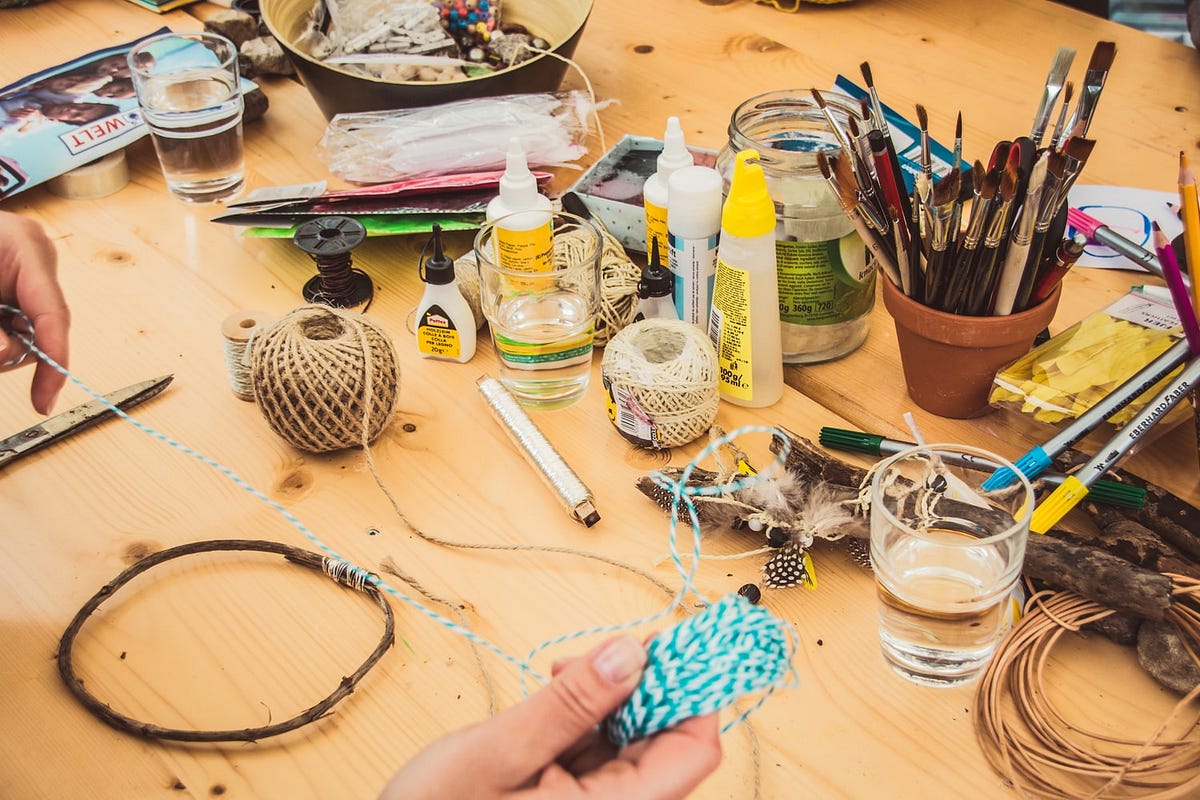An effective leadership guide to nurturing your high-performing team’s creativity and empower them to be engaged and inspired.
Almost all creative leaders are imperfect. They inevitably make mistakes and fail even when they are good leaders to this day. It’s either the failure of making the right decision, failing to inspire or scrambling to guide a team member to find the right answer. But self-reflection, regular check-in with team members and anonymous performance evaluation nudge the awareness of past sticky situations. That’s what makes a leader grow and evolve while staying authentic, build a relationship based on trust, support and drive a high level of engagement with their teams.
We can all become leaders through the process of teaching, mentoring, learning, and studying admirable leaders throughout the history of mankind. Leadership is a set of skills that we can learn by practising and requires time and patience to master it over time. It’s a lifetime activity, and great leaders thrive for self-development opportunities to learn new skills and techniques.
“Leaders are made, they are not born. They are made by hard effort, which is the price which all of us must pay to achieve any goal that is worthwhile” — Vince Lombardi

Creative leaders embrace the process of design thinking for innovative problem-solving because of its iterative nature. Design thinking is not only a way to find a solution for complicated design application but can be applied to our daily lives. The essence of thinking is to encourage us with experimentation and iterations. If we are able to apply design thinking concepts into solving complex problems, we should be able to apply that into our leadership style.
Experimentation is one of many ways to lead a team and it comes with various responsibilities and tactics. We surely are familiar with the rule of a coach in popular team sports. The kind that is relatable when they are at eye-level offering guidance and nurtures the team spirit to stay motivated and energised. There are times of chaos where a regular check-in is critical to allow necessary adjustments by giving instructions to move forward. Other times, you need to let the team have a sense of empowerment and self-intuition to make good judgments as they play.
The process of creative problem-solving is empowered by experimentation and then consistent iterations with a good level of initiation.
#design-thinking #ux #user-experience #innovation #team
